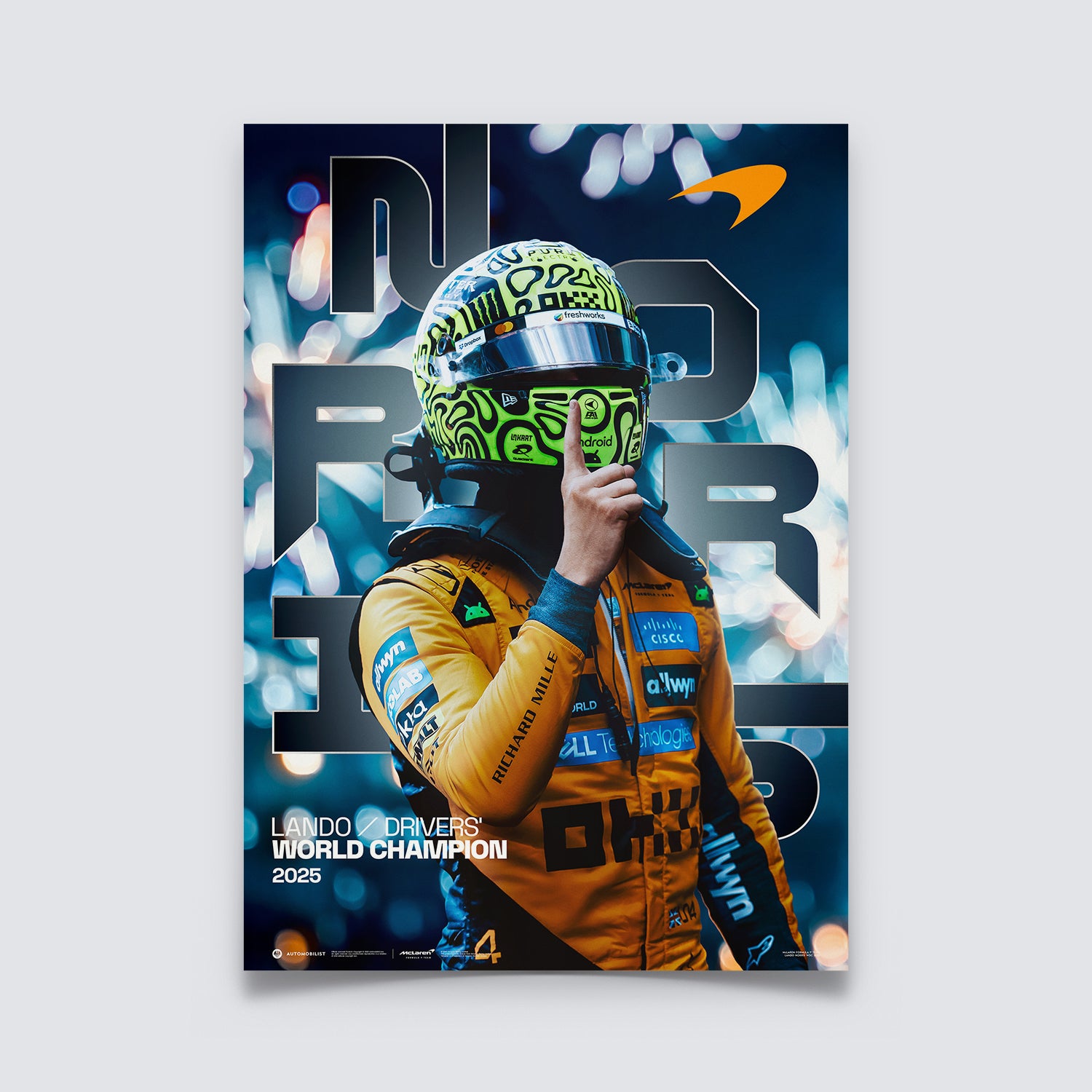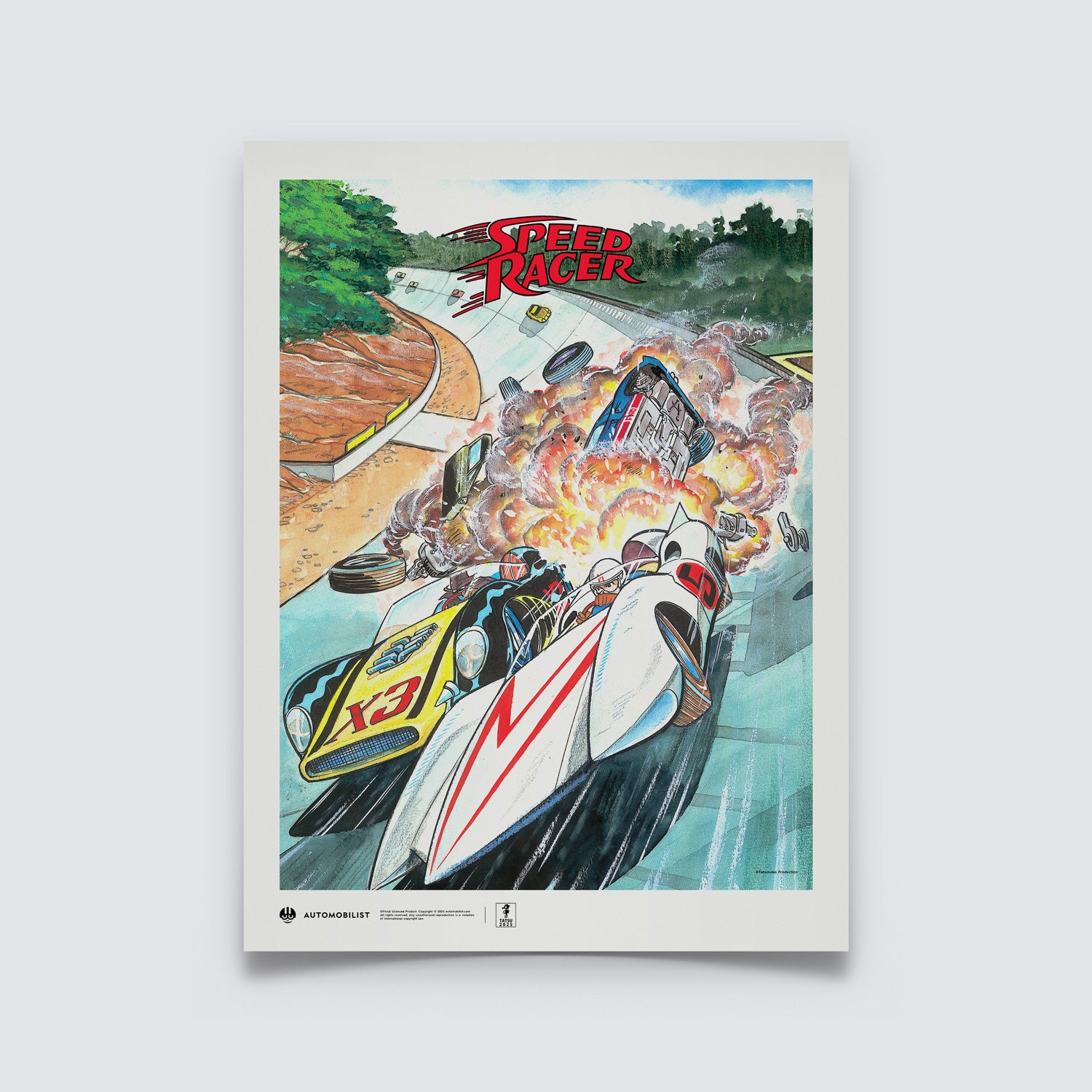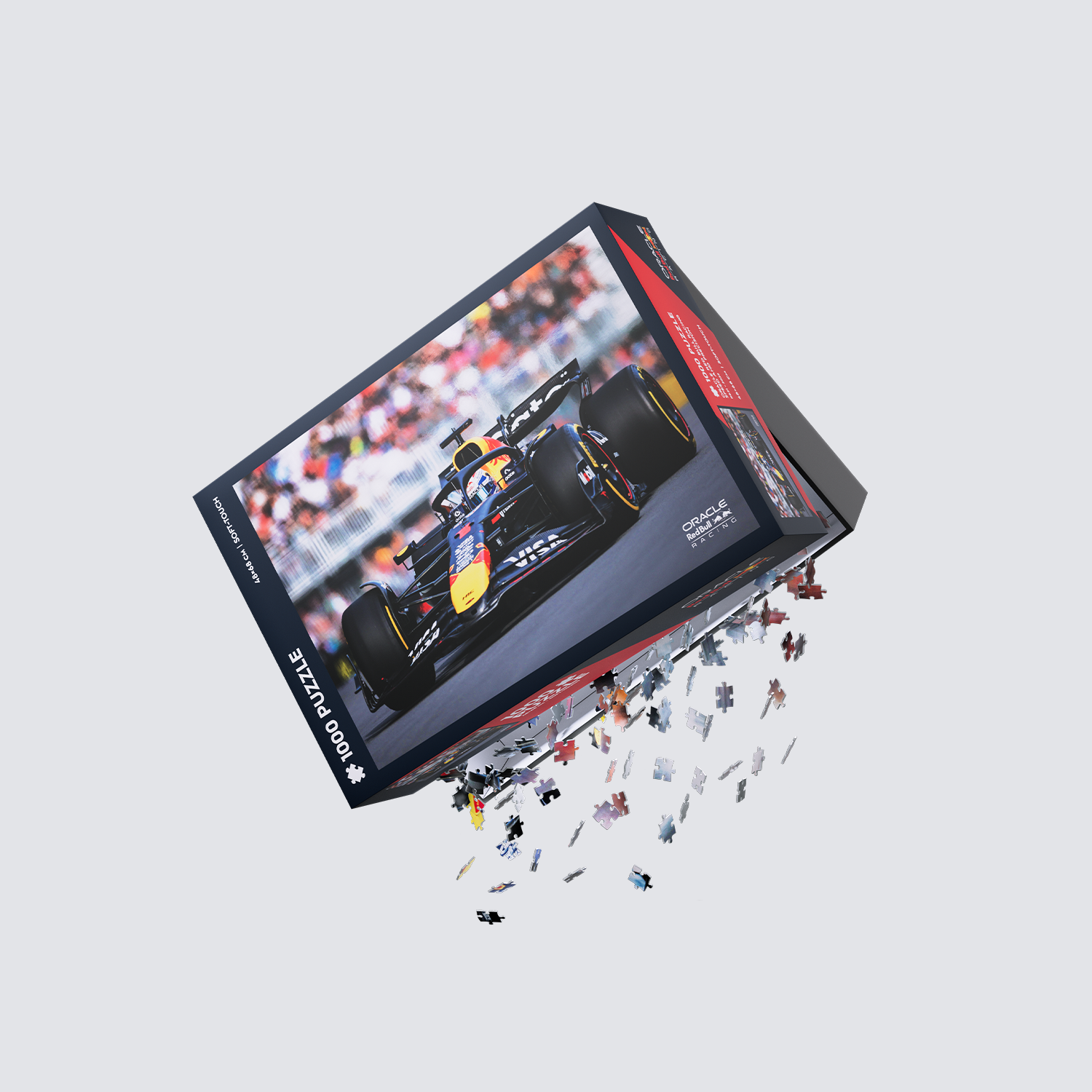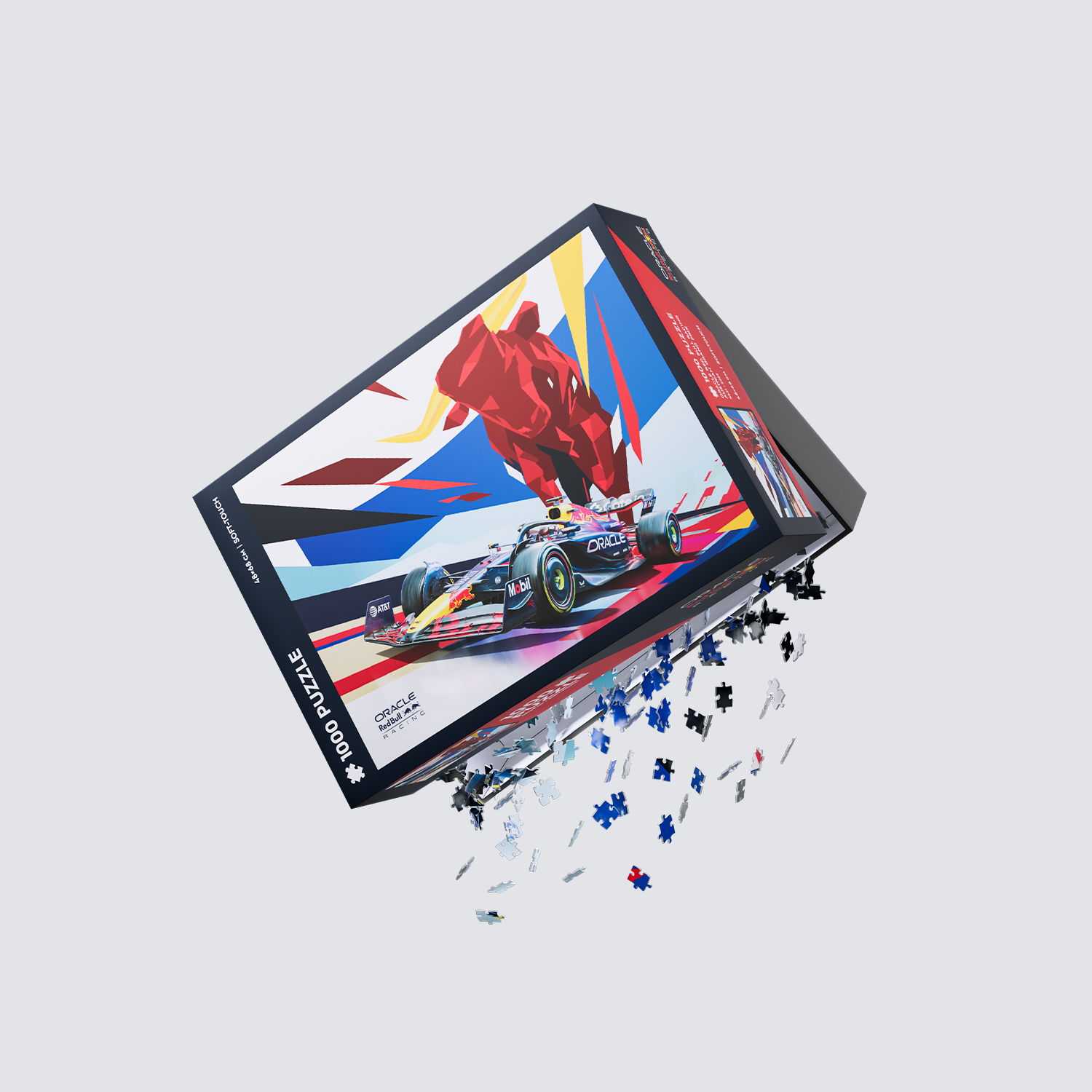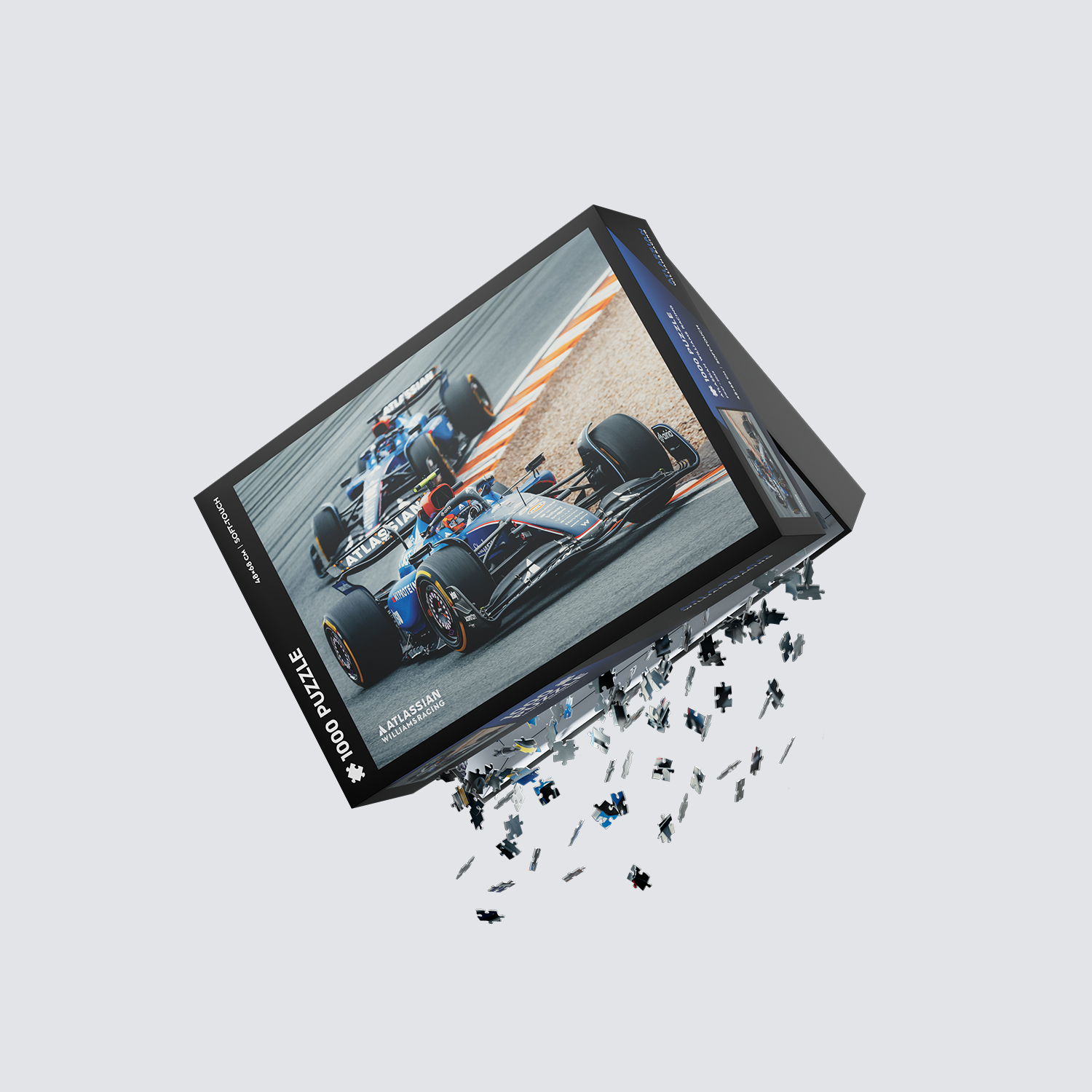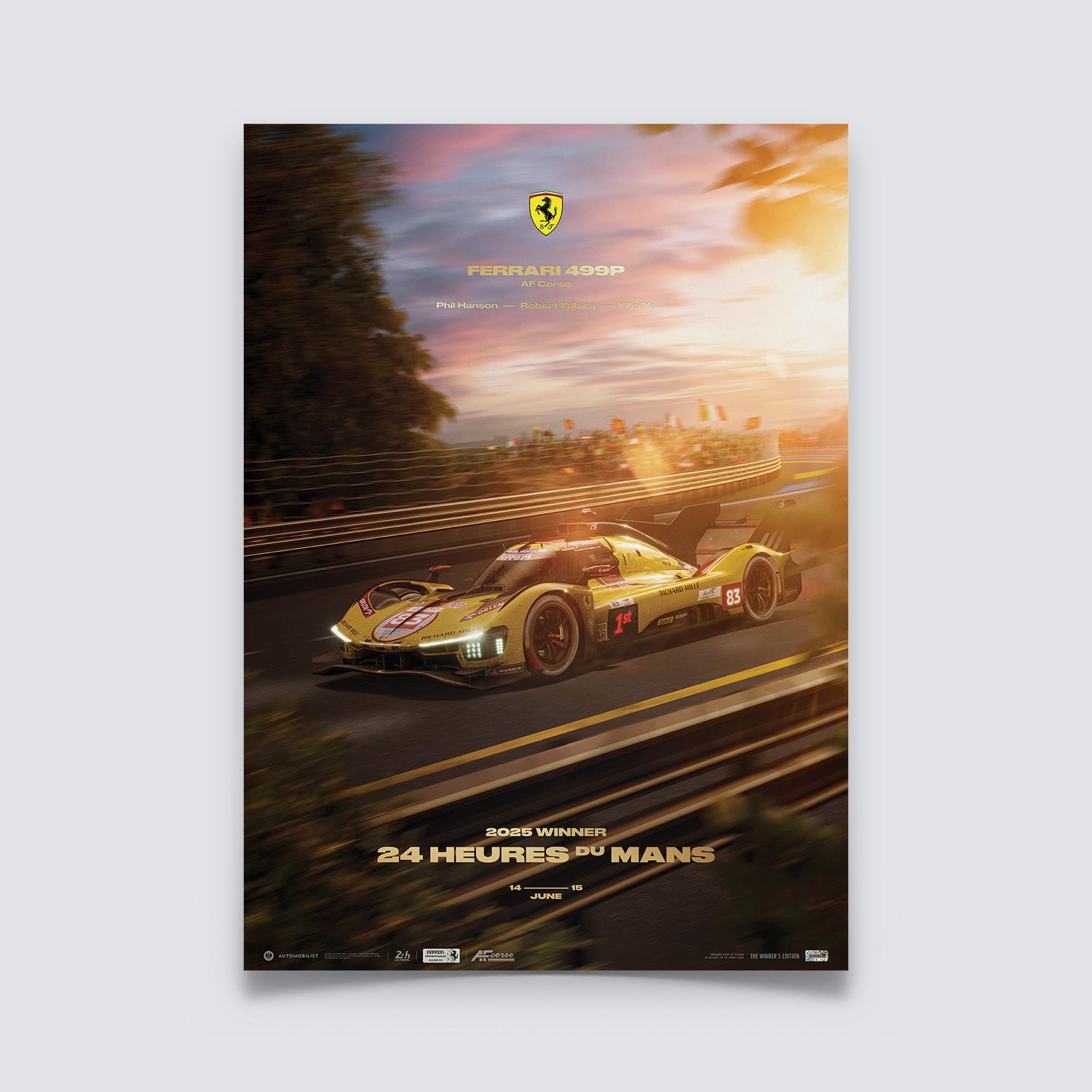The inhospitable South Pole has always fascinated explorers, many of whom perished or endured extreme hardship in attempting to reach this totemic part of the globe. The first successful crossing of Antarctica, via the South Pole was carried out by the Commonwealth Trans-Antarctic Expedition from 1955 to 1958. One key ingredient to its success was the remarkable 'Able', the name given to the sno-cat tractor, which hauled the expedition’s supplies.
The expedition was led by British explorer Sir Vivian Fuchs, while Sir Edmund Hilary, the New Zealander who found fame a few years earlier as the first man to climb Mount Everest, led a support team, building a support base, leaving supplies and creating a vehicle route that went through the Polar Plateau and Western Mountains on the way to Ross Island. Fuchs’ crossing party planned to cross the continent from the Weddell Sea to McMurdo Sound via the South Pole.

But there were already footprints in the snow for him to follow. The heroic age of Antarctic exploration began with expeditions led by Norway’s Roald Amundsen in 1911 and a year later, the ill-fated British Antarctic Expedition led by Robert Scott, whose entire party died on the return leg from the South Pole. The Commonwealth Trans-Antarctic Expedition was the culmination of five years of intense planning and effort. It was essentially a private venture, but it gained support from the governments of the UK, New Zealand, Australia, South Africa and the USA.
Having set sail from London’s Millwall Docks in November 1955, an advance party endured extreme hardship over the winter of 1956, establishing the Antarctic Shakleton base, their ship having got stuck in the ice on the way and many of their provisions were lost. Eventually, in November 1957, Fuchs set off from Shackleton with 12 men, three Tucker Sno-Cats, chosen because of the versatility they had shown during and after the Second World War and three other types of tractor. At the same time, Hillary and his crew set up the Scott Base which was to be Fuchs’ final destination, but the New Zealander pushed on to the South Pole itself, getting there on 3 January 1958, the third crew to do so after those of Amundsen and Scott. This was also the first time that land vehicles had reached the Pole. 16 days later, Fuchs reached the Pole and the destination of Scott base came into view on 2 March. Man had finally crossed Antarctica, a distance of 3,473 kilometres of snow and ice, the journey taking 99 days, which were effectively just the tip of the iceberg, to use an appropriate phrase, at the end of what had taken years of planning and organisation.

The Commonwealth Trans-Antarctic Expedition bridged the gap between the old and the new in terms of Polar exploration, because although it was the first to take motorised vehicles to the South Pole, it still relied on dogs to haul much of the equipment and, at the other end of the scale, light aircraft were also used for reconnaissance purposes and to deliver supplies.
As for Able, the world’s most famous Sno-Cat, it survived almost disappearing down a crevasse on the way to the pole and was used for a variety of tasks at New Zealand’s Scott Base until 1971. 6 metres long, 2.7 metres high and weighing 3.5 tonnes, it was powered by a 134 kilowatt Chrysler motor, had a top speed of 25 km/h and could haul loads of up to 2.7 tonnes, burning 70 litres of fuel for every 100 kilometres. It is now on display in the Canterbury Museum in New Zealand.


Speaking with Tucker Sno-Cat® Corp, located in Oregon, it was David Pratt, Transport & Engineering Officer of the Expedition, who selected the Tucker Sno-Cat. "He had heard about us through the success we were having with the military. We modified the original 743 by adding multiple fuel tanks, multiple fuel pumps from a Cessna, multiple fuel valves, an escape hatch, insulated battery boxes, insulated cab interior, motor of the electrical was water-proofed, radar antenna and dash gauges specifically for the south South Pole and the expedition were also added."
Almost three decades went past before another expedition successfully made an overland crossing of Antarctica, when the Transglobe Expedition led by the intredip Ranulph Fiennes. This time, thanks to advances in technology, the polar crossing was part of a much more ambitious project, the first ever circumnavigation of the earth from north to south, using only surface transport. The expedition set off from the UK in September 1979 and returned on 29 August 1982. This time there were no Sno-Cats, the more modern and manageable skidoos getting the job done. And there was only one dog on the entire trip, a terrier called Bothy, who has the distinction of being the only dog to date to have visited both the North and South Pole!


MAKING OF... THE TRANS-ANTARCTIC EXPEDITION
A journey of 99 days immortalised by Automobilist after 300 hours of a creative process, starting with in-depth research to identify the vehicle and final angle chosen, through several hundred hours of 3D modelling and finally ending with 47 prints of this exceptionally Limited Edition poster. Briefly traversing the journey of the artwork:
RESEARCH (approx. 30 hours)
Detailed research included photographs, video footage, technical documentation, and other material that helped digitally re-create the vehicle down to the smallest detail. For this project, the team at Tucker Sno-Cat Corporation supported Automobilist immensely.
CONCEPT (approx. 15 hours)
At this stage, the angle for the vehicle was chosen. An image of ‘Able’ crossing a crevasse stuck to our minds, iconic of the scale of task and arduous journey, and thus served as our frame of reference for the poster.
3D MODELLING AND TEXTURING (approx. 160 hours)
The entire vehicle was then manually modelled in 3D down to the last bolt. Next, the model was ‘textured’ by giving its surface the look and feel of the real thing. Colour coating via a computer is similar to colour coating in real life; and each layer was coated including the heavy weathering.

SNOW FX (approx 15 hours)
Typically, when creating cars, the surfaces are usually ‘hard’ like asphalt, therefore when applying the visual effects of snow and ice – and then sculpting in 3D – was both interesting and challenging.
How did we do?
COMPOSITION (approx. 70 hours )
A complex process, comprising of setting the lighting, adding relevant illustrations (also in 3D) and then rendering the image in its entirety. Specific to the Sno-Cat was the task of setting a snow-covered landscape which ‘behaves’ differently than grass; it reflects light that can illuminate the vehicle from different angles.
POST-PRODUCTION (approx. 40 hours)
Finally, with all the individual elements completed, final touches were added to give the perfect result, down to the last scratch and flake of snow.
Traditionally a holiday creation, the Sno-Cat celebrates the spirit of human endeavour and persistence - something to be appreciated and cherished more now than ever.
 The creation of the Trans-Antarctic Expedition Poster. Click on the image to purchase
The creation of the Trans-Antarctic Expedition Poster. Click on the image to purchase


